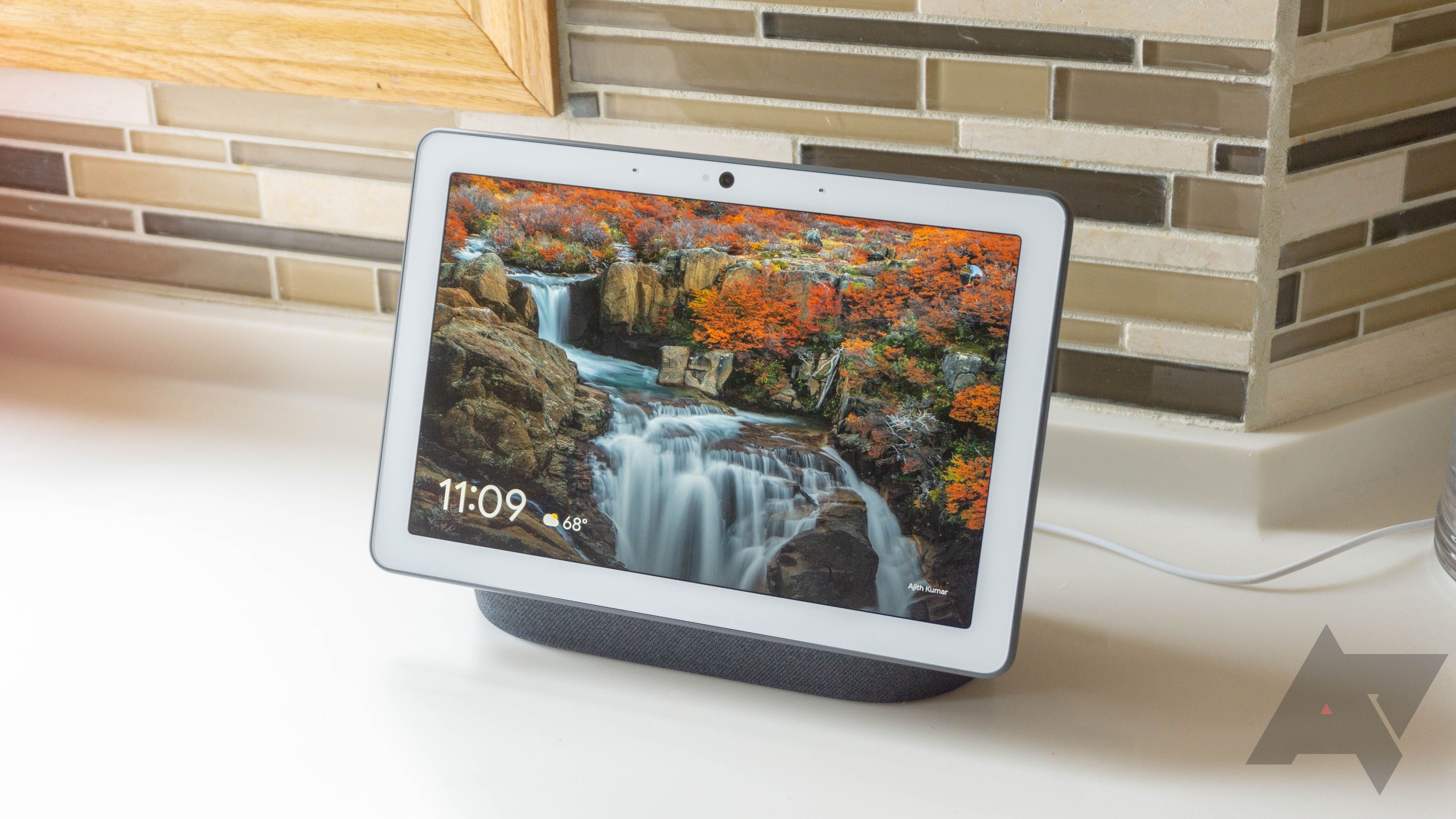Early leaks have only recently indicated that a future Nest smart display might feature a detachable tablet, and already supporting details are starting to fall into place. Based on some changes recently dug up in Android 13, evidence is mounting that the detachable may actually run Android and be tied to a "Titan" hardware name.
In a post to the Esper.io blog today, Mishaal Rahman ran through a handful of features in Android 13 that might have some application for a detachable tablet. After all, Android 13 inherits all the big-screen changes in Android 12L, but it's also building on that experience in other, smaller ways. Things like account/profile switcher changes, expanded multi-user support, and the "hub" or "communal" mode all make more sense on a shared device like a tablet rather than a phone. But several subtle distinctions in already spotted features and new APIs strongly indicate a future smart display may run Android — or, at least, Google is hedging its bets.
Although we already knew that Android 13 was building on how its existing screen saver functionality worked, a cast-receiving "mediashell" component was spotted, indicating that Google may want a future Android device to be the target/receiver of a 'casted stream. While many of us are used to firing up a stream from our phones and casting it out to a speaker or TV, this would allow it to be sent to an Android device. Sending a stream to a phone doesn't make much sense, but current smart displays have that functionality, and this could help bridge the gap in functionality if a smart display runs Android. The "Tap to transfer" feature we exclusively reported in January may also make more sense in this context, as a tablet could act as a media receiver.
Left: Multiple user dock support (and profile timeout) t in Android 13. Right: Low-light clock manually enabled.
Details regarding a new UI were also found in the screensaver complication code. Though it couldn't be enabled, information associated with the UI change indicates it will offer a custom view, new screen saver features, and plug into that communal mode. However, some of those communal mode changes seem to be tied to Google-proprietary code rather than Android itself. Usually, that indicates features exclusive to Google's Pixel-skinned version of Android — so far, only used in phones, but with a much more obvious tablet use case, that could change.
Other complication changes indicate the screen saver might inherent a "smartspace" (i.e., the At a Glance widget), as well as other changes like weather, air quality, and cast info, all similar to how Smart Displays display information while idle.
A new AmbientContext API could indicate that Google is bringing sleep-tracking features like those used by the 2nd gen Nest Hub to Android itself, but it's a little more tenuous, and there could be other applications for the feature. Android 13 also adds support for hardware switches to control the camera and microphone and a new "low-light" clock.
There's also a cross-device calling feature, which might use new APIs in Android 13 to connect your phone to other devices to make calls, and has a companion app that explicitly calls out the Nest Hub by name. These changes could all be for other purposes, but taken together, they paint a clear picture.
Left: Android 13 with new complications manually enabled. Right: Nearby calling's "Cross-Device Communication Services" app.
No one of these changes is a "smoking gun," and seen individually, it's easy to dismiss them. But viewed together and delivered all at once as part of Android 13, Google seems to be hard at work making sure that Android can do the things its Assistant-powered smart displays can. Via the transitive property of the recent leak, it now seems very likely this new detachable Nest tablet/smart display will run Android.
Some details indicate this may be tied to a Titan device name, which could be the upcoming detachable smart display. Of course, Google already uses Titan branding for multiple other things, from hardware two-factor security keys to its security marketing on the Pixel 6, but the company is habitually bad with names, and this could just be an internal-only hardware code name.

